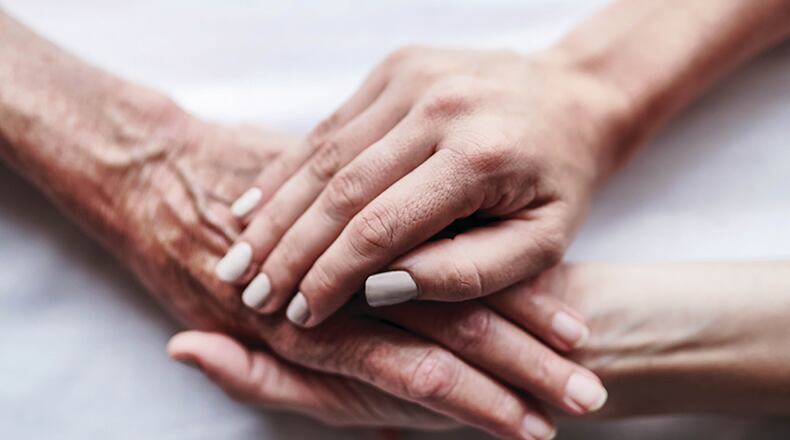While there may not be a way to completely eliminate all caregiving stress, there are some ways to prevent burnout. Utilizing various resources can be a start. Here’s a look at some available caregiver resources.
Trusted friend: Find someone you trust with whom you can discuss your feelings, including any frustration you may feel. This can be a neighbor or a coworker with whom you feel comfortable sharing personal details.
Support groups: Support groups can provide safe spaces to vent with others who are in the same boat. Houses of worship may host support groups, or you can find out about meetings through hospitals or from personal doctors. The National Family Caregiver Support Program was established in 2000 and provides grants to states and territories to fund a range of support that assists family and informal caregivers to care for their loved ones at home for as long as possible. Other groups include Caregiver Action Network and Family Caregiver Alliance.
Respite care services: Respite care services provide temporary breaks for caregivers by enabling the sick, elderly or injured to stay in care facilities for anywhere from a couple of hours to a few days. Some respite care services will provide short-term, in-home care as well.
Professional therapist: Many therapists are trained to counsel individuals who have particular issues. Some may specialize in grief or even caregiver needs. Utilize their services if speaking with a confidante is not enough.
Here’s a look at some of the numbers regarding family caregivers, courtesy of the National Alliance for Caregiving, AARP, Gallup-Healthways Well-Being Index, Respect Care Givers, and the career experts at Zippia.
Family caregivers by the numbers
- 53 million: Number of Americans who are providing unpaid care to a family member or a friend.
- 9.5 million: Amount by which caregiver numbers increased between 2015 and 2020.
- 1 in 5: Number of Americans who are caregivers.
- 22: Percentage of caregivers who are middle-aged.
- 46: Average age of an employed caregiver.
- 70: Percentage of working caregivers who suffer work-related difficulties due to their dual roles.
- 34.7: Number of hours employed caregivers work each week, not including caregiver services.
- 70.7: Percentage of family caregivers who are women (29.3 percent are men).
- 88: Percentage of caregivers residing in urban or suburban areas.
- 69: Percentage of caregivers caring for parents or parents-in-law. Fifty-one percent care for a spouse or partner.
he National Alliance for Caregiving, AARP, Gallup-Healthways Well-Being Index, Respect Care Givers, and the career experts at Zippia.
About the Author

